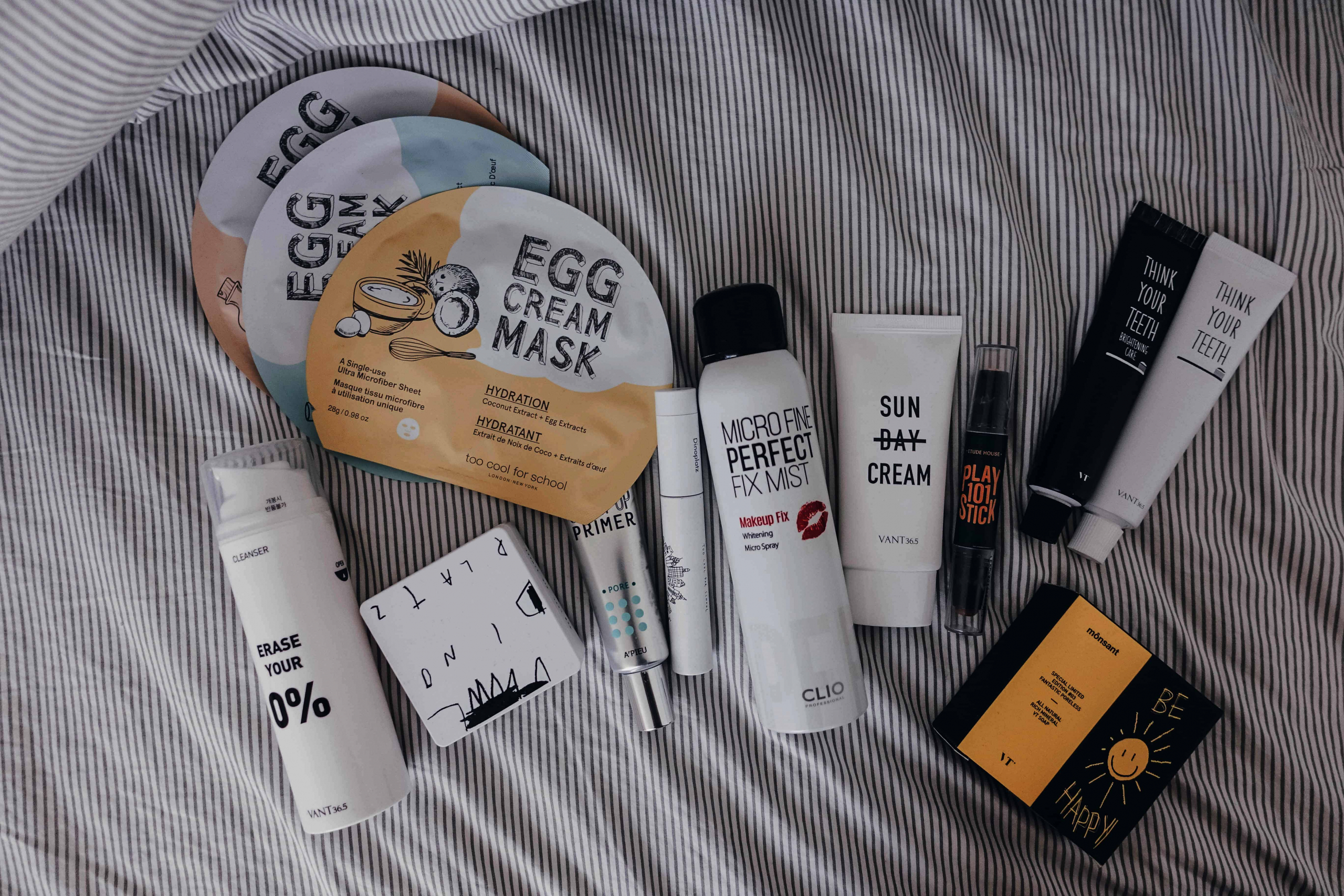Though standards of beauty may vary from location to location, they play an influential role in practically every society and culture. Celebrities, too, help to normalize certain societal beauty trends through advertisements and media.
In South Korea, these influencers are Korean pop idols, who are responsible for promoting the majority, if not the entirety, of South Korea’s beauty trends, standards, and expectations. While many of these trends have been influenced by South Korea’s own history of idealistic aesthetic standards, the influence of Western beauty ideals cannot be ignored, and they serve as a glaring reminder of the immense power the West has in other parts of the world.
The pull to Western beauty
Many South Koreans envy and idolize ‘Western’ facial features, whether they are conscious of it or not. Perhaps it is because of a Western-dominated media or the pedestal South Korean society places the United States upon.
Whatever the reason, contemporary South Korean society has deeply internalized its bias towards Western beauty, so that Koreans who do not possess ‘Western’ features often face prejudice in the workplace and in daily life.
While tanning is a common practice amongst people in the West, using ‘whitening’ products are a common practice in South Korea, as it is for African-Americans and other people of colour. The importance of having a youthful, pale, and dewy complexion is reflected in South Korea’s cosmetic industry, which is ranked the tenth largest internationally.
Skincare products trump makeup products in South Korea, which emphasizes the societal value of healthy, glowing skin. Many Koreans, men and women alike, follow a long and tedious but rewarding skincare routine that may consist of up to 10 steps.
Facial features that South Koreans may not inherit naturally are composed artificially with plastic surgery. According to the International Society of Aesthetic Plastic Surgery, South Korea has the highest rates of plastic surgery procedures per capita.
The most common procedure is ‘blepharoplasty’, also known as double eyelid surgery, with ‘rhinoplasty’, or nose job, following close behind. The aim of a double eyelid surgery is for the patient to obtain a defined crease on their eyelids, since many South Koreans have monolids.
The double eyelid surgery phenomenon is alarming to many people in Western cultures. It is a practice that non-Koreans find difficult to understand, and many are too eager to jump to conclusions.
The popular narrative of the double eyelid surgery centres on Dr. D. Ralph Millard, an American plastic surgeon who worked in South Korea in the 1950s. Allegedly, Millard was the one to create the surgical procedure, although past reporting from the Los Angeles Times suggests that the double eyelid surgery was not invented but merely popularized by Millard.
Whether the origins of the double eyelid surgery stem from an American doctor or Japanese and Korean cultures, the history of the procedure is so intrinsically connected to South Korean culture that it would be an oversimplification to assume that the double eyelid surgery was created solely for the achievement of ‘Western’ facial features. Making this assumption only promotes a Eurocentric worldview and prejudice against the ‘other’ — in this case, non-Westerners.
South Korean beauty standards on campus
The University of Toronto has a large South Korean community, and while some are second-generation Koreans, many are first generation or international students.
As a result, many extracurricular clubs are created for these students, who end up forming tight-knit communities. Many second-generation Koreans identify as Korean-Canadian or Korean-American because of a degree of cultural disconnect from South Korea, but they still feel the effects of South Korean beauty standards.
Fourth-year U of T student Michelle Yang spoke about the harm done by South Korean beauty ideals. “Everyone tries to look beautiful and be the best version of themselves — which isn’t bad, but they seem to have an ideal beauty standard that they all try to live up to and hence all the plastic surgery,” Yang said.
During a desperate attempt to find a supportive Korean community at U of T, I quickly realized that I was too ‘edgy’ or too ‘curvy’ for many of my first-generation peers. Within just a few club meetings, I had been confronted with comments like ‘You look smart, not pretty’ or ‘You should lose some weight if you want to look pretty.’
I was deemed conventionally unattractive by the Korean community because my makeup was on the heavy side, I embraced my curves, and I enjoyed my tan skin. I ended up being too ‘Western’ in my fashion and beauty style, and for those reasons, I was made to feel like an outcast in the clubs that were composed predominantly of first-generation students.
Un-pretty Korean
My father has been influenced by these cultural beauty standards and might be considered a vain man. Growing up, my weight was always an acceptable topic of conversation. I was not overweight, but to my father, I might as well have been obese.
To this day, though I’m at a healthy size 6, he continues to remark on my weight, advising me to cut out bread or go on a diet. His idea of beauty norms has been heavily influenced by South Korean ideals of what a ‘healthy woman’ looks like.
I still question how I am supposed to connect with the Korean community if I’m constantly judged for my physical appearance and my failure to subscribe to a set of standards I never asked to be held to.


